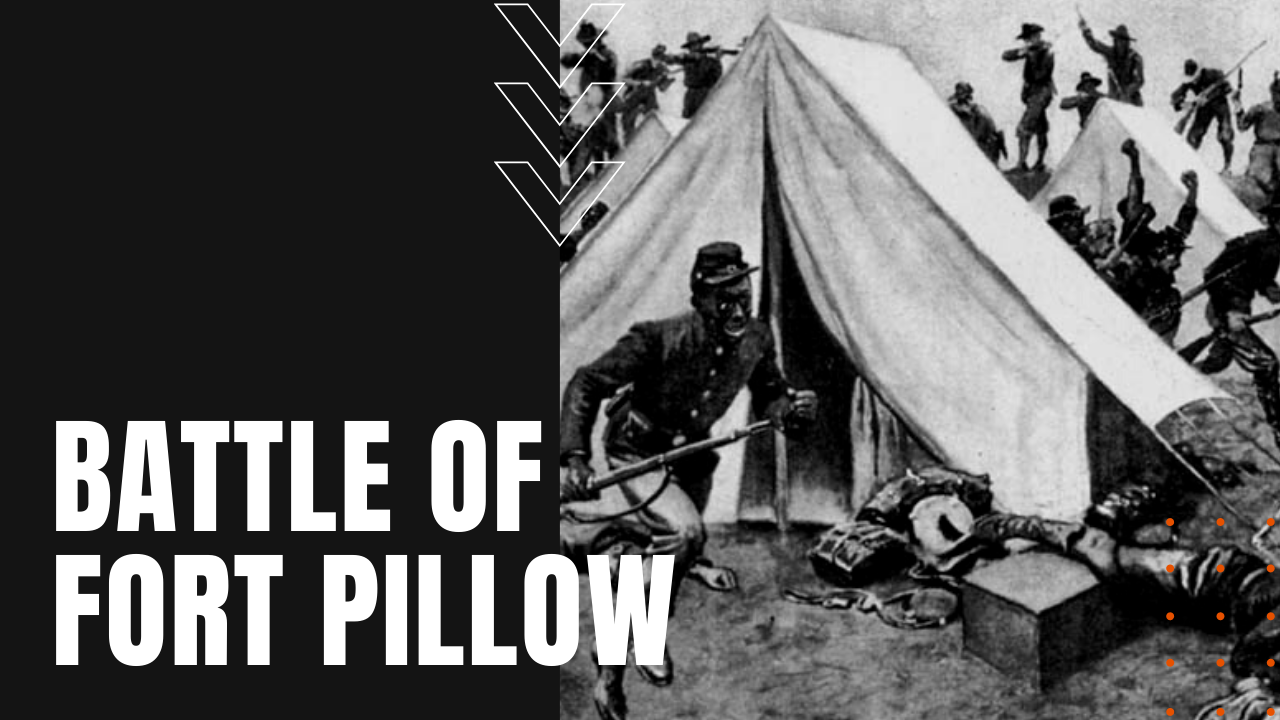Battle of Fort Pillow

An important part of the Confederate’s defense and control of the Mississippi River, Tennessee’s Fort Pillow—some 40 miles north of Memphis—would fall to Union forces in the summer of 1862.
Less than two years later, in March of 1864, Confederate Major General Nathan Bedford Forrest launched a series of cavalry raids in western Tennessee and Kentucky, with the intent of disrupting Union supply lines while capturing Union soldiers.
When Was The Battle of Fort Pillow?
On the morning of April 12th, 1864, Forrest led some 1,500 to 2,500 Confederate soldiers in an attack on Fort Pillow, which was defended by a comparatively meager 600-man garrison of Union soldiers, half of them African Americans fighting with the 54th Massachusetts. The fort was quickly surrounded, and when Union commanding officer Major Lionel Booth was killed by a Confederate sniper, second in command, Major William Bradford, took control of the Union defense, and when Forrest grew impatient by 3:30 that afternoon, he demanded that northern troops surrender at once.
Instead, Bradford proposed a one-hour cease-fire in hopes that his call for reinforcements would arrive in time, but when Forrest spotted Union warships approaching, he sent a garrison of men to block reinforcements from making landfall.
What Happened at the Battle of Fort Pillow?
Hopelessly outnumbered, Bradford fled the field, while most of his Union troops surrendered with the hope of fair treatment as POWs under the Lieber Code, which was first issued by President Abraham Lincoln on April 24th, 1863.
Instead, some 300 Union soldiers—nearly of them African Americans—were gunned down by Confederate forces, who refused to treat African American soldiers as POWs. The massacre would later outrage northern politicians and military leaders, resulting in the Union’s refusal to engage in prisoner exchanges after the slaughter at Fort Pillow.
A federal investigation would soon follow, concluding that African American soldiers were unjustly executed upon their surrender, although Forrest maintained that he and his men had simply fought their way into the fort after Union soldiers refused to surrender, making the Battle of Fort Pillow an ongoing stain in the long history of racial injustice for African Americans.
